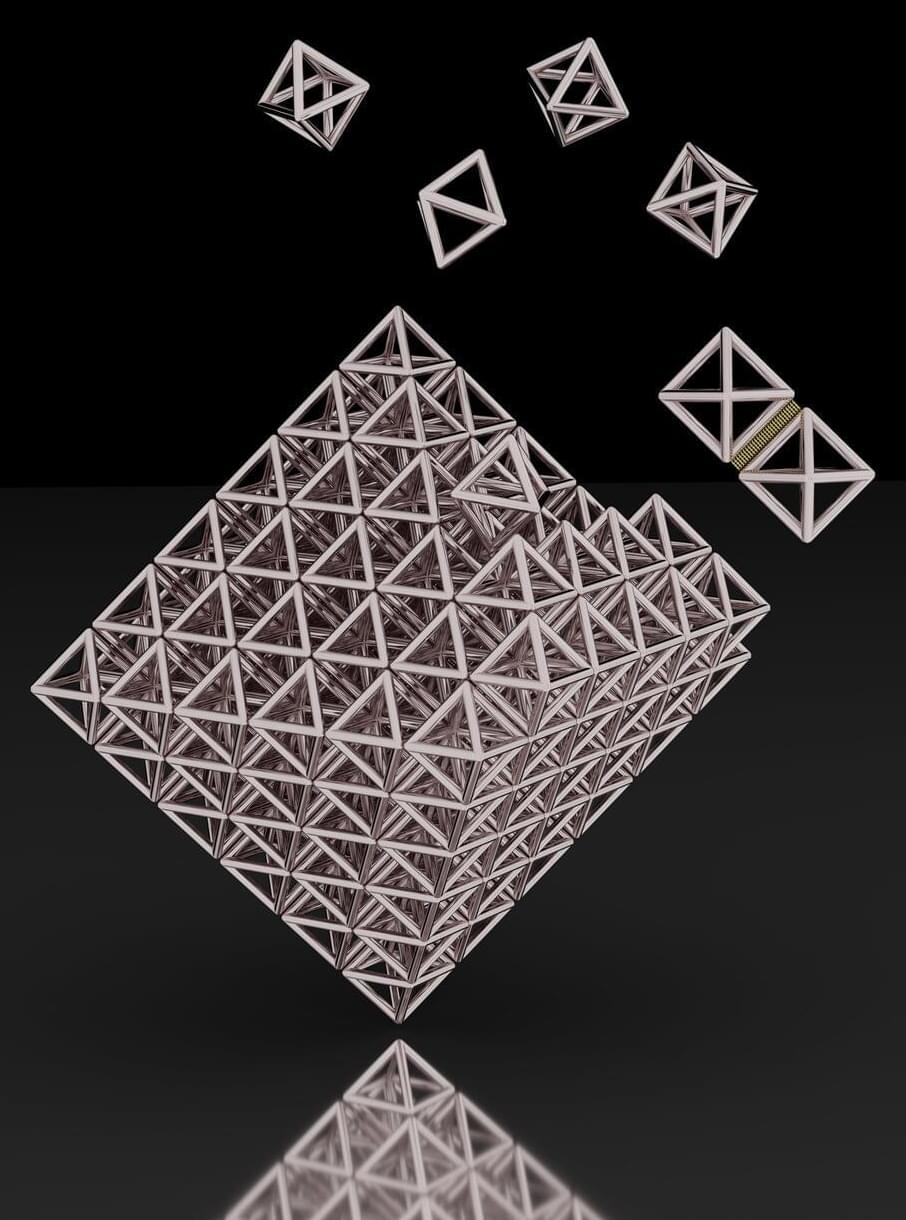Researchers from Northwestern University have made a significant advance in the way they produce exotic open-framework superlattices made of hollow metal nanoparticles.
Using tiny hollow particles termed metallic nanoframes and modifying them with appropriate sequences of DNA, the team found they could synthesize open-channel superlattices with pores ranging from 10 to 1,000 nanometers in size—sizes that have been difficult to access until now. This newfound control over porosity will enable researchers to use these colloidal crystals in molecular absorption and storage, separations, chemical sensing, catalysis and many optical applications.
The new study identifies 12 unique porous nanoparticle superlattices with control over symmetry, geometry and pore connectivity to highlight the generalizability of new design rules as a route to making novel materials.
